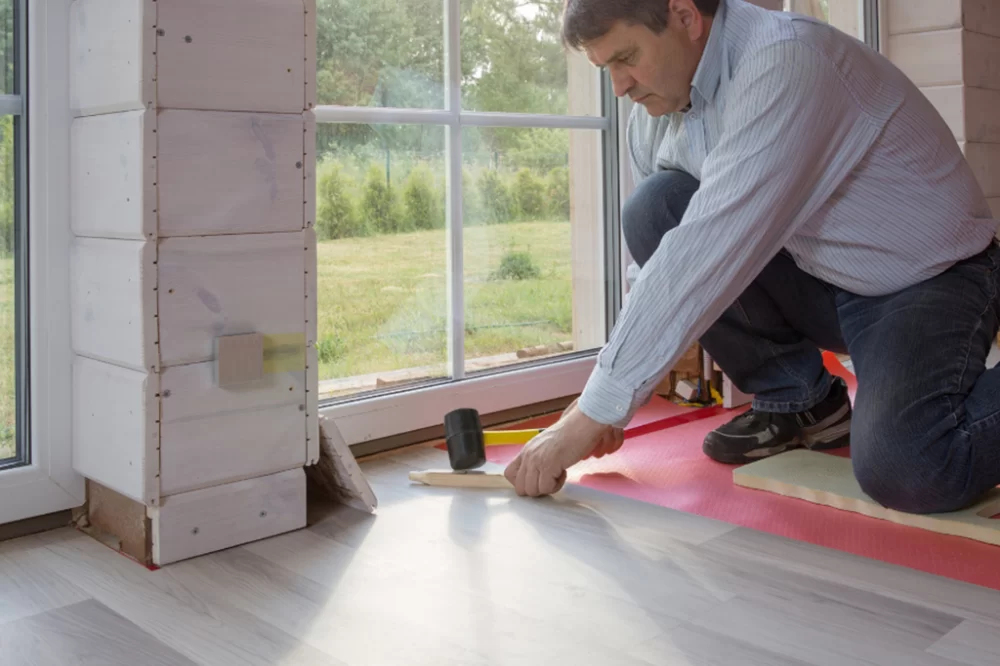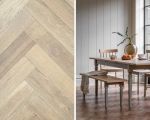
Understanding Your Needs Before Choosing Flooring
When I first bought my home in suburban Texas, I thought choosing flooring would be as simple as picking something pretty. But I quickly learned that flooring is one of the most functional elements of a house—and making the wrong choice could mean costly repairs and frustration later on. Flooring isn't just about aesthetics; it's about lifestyle, climate, durability, and budget.
1. Assessing Lifestyle and Daily Usage
With two kids and a golden retriever always racing around the house, I knew I needed something scratch-resistant and easy to clean. Families with pets, children, or high foot traffic should seriously consider durability over appearance alone. Hardwood may look beautiful, but it can get scratched easily. On the other hand, luxury vinyl or tile offers durability and style with less maintenance.
2. Considering Climate and Regional Factors
Living in a humid area like Florida is very different from being in a dry place like Arizona. Moisture resistance is crucial if you’re dealing with frequent humidity or temperature swings. That’s why in coastal regions, many homeowners choose tile or engineered wood instead of traditional hardwood, which can warp over time due to moisture absorption.
Exploring Different Flooring Types
I spent weeks researching every flooring type, visiting local showrooms, and talking to contractors. Here’s what I learned through personal experience and advice from flooring professionals.
1. Hardwood Flooring
Timeless and elegant, hardwood is often the go-to for those wanting a classic, warm aesthetic. I considered oak for my living room, but the cost and maintenance held me back. Hardwood is ideal for dry, moderate climates and low-traffic areas if you’re committed to maintaining its finish.
2. Laminate Flooring
For a while, laminate flooring was my top choice because it mimicked hardwood at a fraction of the price. However, I learned that older laminates can be susceptible to water damage. The newer models are much better, especially the waterproof types. This option is perfect for homeowners on a budget who still want that wood look.
3. Tile Flooring
Tile was the winner for my kitchen and bathrooms. It’s waterproof, durable, and easy to clean. I went with porcelain tile that resembles stone, giving me both style and practicality. Tile is especially popular in warmer states and works well with radiant heating if you're in colder areas.
4. Vinyl and Luxury Vinyl Plank (LVP)
LVP is the real MVP in modern flooring choices. I used it in my basement, and I couldn't be happier. It’s waterproof, pet-proof, and comes in countless designs. It’s also softer underfoot than tile, making it a great choice for playrooms or long hours standing in the kitchen.
5. Carpet
Though less popular in common areas these days, carpet is still a top pick for bedrooms and cozy family rooms. I opted for a plush, hypoallergenic carpet in the kids’ room. It's comfortable, muffles sound, and provides extra insulation during the winter.
Budgeting and Long-Term Planning
My initial mistake was underestimating the full cost of flooring—especially installation. Always factor in underlayment, labor, and potential subfloor repairs. I got multiple quotes and asked about warranties before making any commitments.
1. Upfront vs. Long-Term Costs
Spending a little more upfront on higher-quality flooring can save money in the long run. For example, while LVP was more expensive than laminate, it offered better durability and waterproofing, reducing my future repair costs.
2. Think About Resale Value
If you plan to sell your home within a few years, consider flooring that adds value. Realtors told me hardwood or high-quality tile are big selling points. Even if you don’t go high-end, well-maintained flooring of any type will impress potential buyers.
Installation: DIY or Professional?
Installing flooring might look easy on YouTube, but I learned the hard way that precision matters. I tried DIY with laminate in my laundry room and ended up with gaps and creaks. Unless you have solid experience, it’s worth hiring professionals. Many companies in the USA offer bundled installation services with warranty, which can be a lifesaver.
1. Know Your Skill Level
Even with tools and instructions, laying tile or cutting boards around door frames takes skill. If the project is more than one room, or includes stairs, hiring pros is the smart route.
2. Choosing a Reliable Installer
Always check reviews, ask for references, and confirm that your installer is licensed and insured. In my case, I found a contractor through a friend who had photos of previous work—his team did a flawless job installing our LVP.
Final Tips from Personal Experience
Looking back, I’m glad I took the time to research, test samples in different lighting, and consider how each space would be used. Flooring is a foundational decision—pun intended—that affects your comfort, style, and even home value.
Whether you're renovating a single room or outfitting a brand-new house, choosing the right flooring requires patience, planning, and a clear understanding of your lifestyle. For expert advice tailored to your needs, I highly recommend visiting 【Improvement】—they made my flooring journey smoother than I ever expected.








